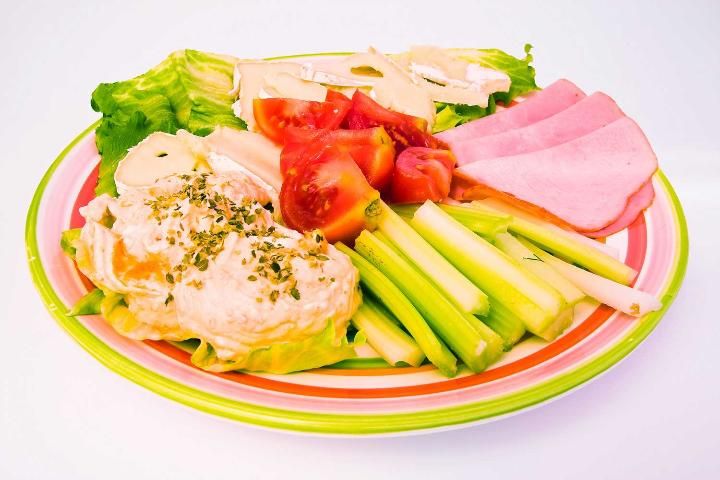Ready-to-eat fresh foods can help you save time preparing meals. But some of these foods present a high risk for foodborne illness. Here are some tips for keeping ready-to-eat foods safe.

Credit: Hemera
At the grocery store, choose ready-to-eat fresh foods that are:
- Packaged well
- Clean
- Stored at the right temperature—either refrigerated or heated
At home, ready-to-eat fresh food should be:
- Kept at the right temperature – either refrigerated or heated
- Eaten as soon as possible
- Dated when you open it
- Thrown out three days after you open it
High-Risk Foods
These ready-to-eat foods have a high risk of causing foodborne illness:
- Soft cheeses such as brie, feta, ricotta, blue-veined, and Mexican-style soft cheeses such as queso fresco (unless it is made with pasteurized milk)
- Raw, unpasteurized milk
- Soft-serve ice cream
- Hot dogs, luncheon meats, cold cuts—unless they have been reheated to steaming temperatures
- Pâtés/meat spreads—unless canned
- Precooked chicken
- Refrigerated smoked seafood products—unless reheated to steaming temperatures
- Deli-type salads (such as coleslaw)
- Pre-packed raw vegetables and mixed raw vegetable salad
- Pre-cut fresh fruits and fruit salads